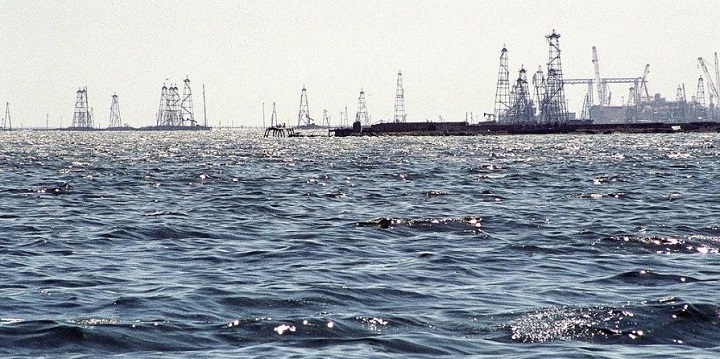If you’re interested in energy investing, you should know what’s been happening in the sector as of late. Contrary to popular belief, Kazakhstan has no desire to cut its crude oil output any further than it already has. The Central Asian country rejected a report from Russia’s TASS agency which stated that Kazakhstan was going to cut deeper to counteract an increase in output from Kashagan in the Caspian Sea.
According to the TASS report, Khalid al-Falih, the Saudi Oil Minister, stated that Astana had agreed to do “everything possible” to make up for the output increase at Kazakhstan’s massive offshore field, Kashagan. They are doing so in an attempt to keep their end of the deal with OPEC.
Presently, a delegate for the North Caspian Operating Company informed UPI that the company does not have any reason to reconsider its output plans for the rest of 2017. The spokesperson stated, “At this time we have not been officially informed of any basis for modifying production plans for 2017.”
Kazakhstan, a Central Asian country and former Soviet republic, was a member of the original output agreement formed by OPEC and 11 non-OPEC members in 2016. In the original agreement, the members pledged to cut 20,000 barrels per day from its total daily production. However, Kashagan, which began production in September of 2016, produced 180,000 barrels per day as of May. They also have plans to increase this to 370,000 barrels per day by the end of 2017. As of right now, the sector is thought to hold between 9 and 13 billion barrels of recoverable crude oil.
Information cited from OPEC stated that average crude oil output in Kazakhstan sat at 1.72 million barrels daily over Q1. This is an increase from roughly 40,000 barrels per day in 2016. That said, OPEC has stated that Astana had decided to reduce output at other fields in order to counteract the increasing production at the offshore field, Kashagan.
The union operating Kashagan features Exxon, Agip, CNPC, Japan’s Inpex, Shell, Total, and Kazmunaygaz.
Featured Image: twitter











